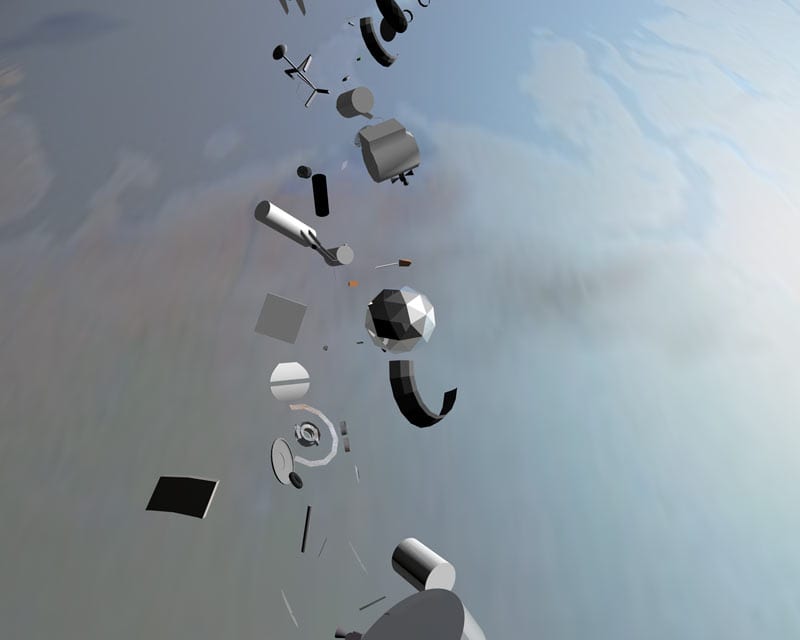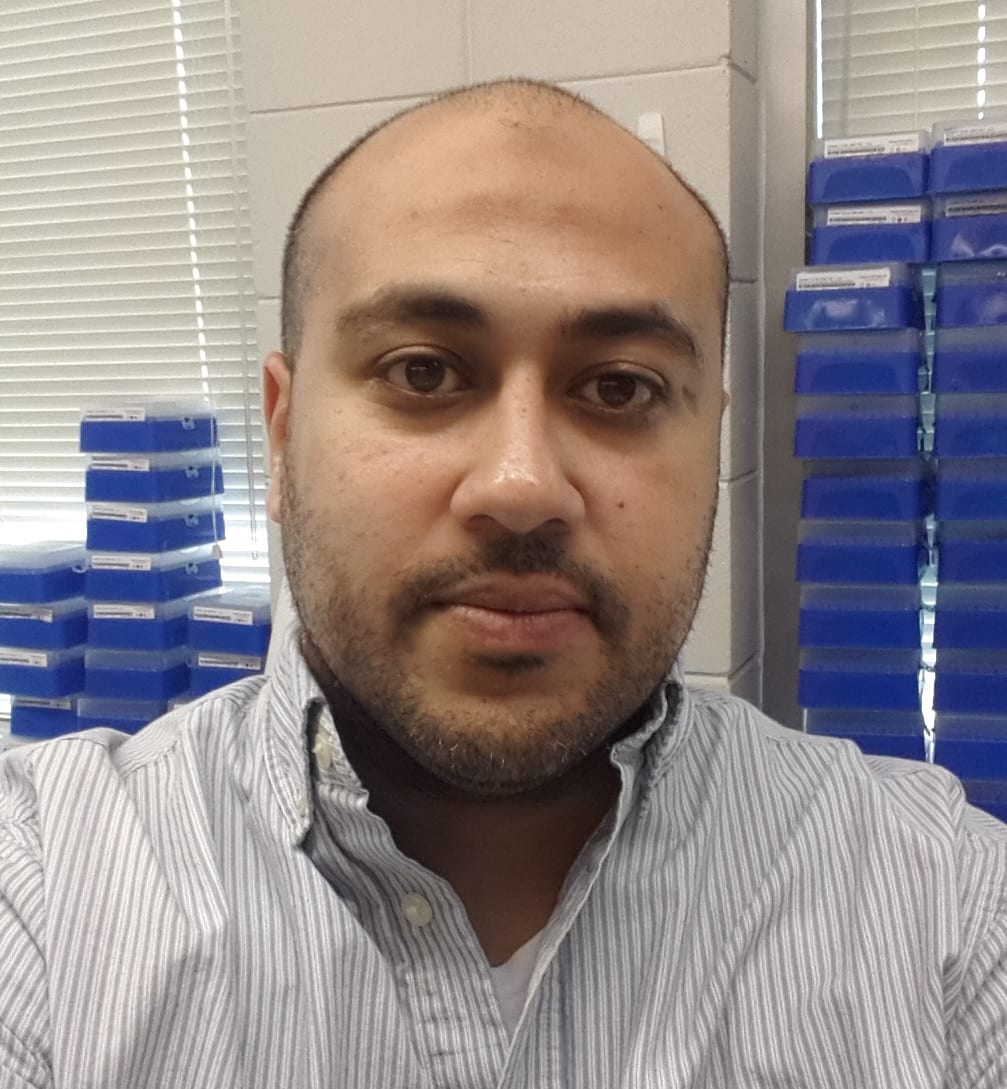Like many kids, I dreamt of becoming an astronaut; exploring distant planets and making contact with aliens. With a huge number of planets out there, it's hard to think we're all alone in this vast universe. But, as I grew as a scientist, my curiosity focused on a specific question: How can we find alien civilizations?
One theory from sci-fi is that a civilization, as advanced as ours, would have already started space exploration. Therefore, we should be able to find them by their “space junkâ€, a term we use to refer to debris resulting from man-made objects floating in space, such as disused satellites, abandoned launch vehicle stages and space mission-related debris. There's one problem with this idea though, the only space junk we've found thus far is actually ours.

According to NASA, there are more than 500,000 pieces of space debris traveling at super high speeds. This startling figure does not even account for objects that are too small to be tracked. While there's so many junk out there, our atmosphere cleans up part of it. Due to Earth's gravitational force, a lot of this debris will eventually be pulled towards our atmosphere and burn, while others will remain floating around for many years. At first glance, it may seem that space debris is not something we should be worried about.
While it doesn't pose an immediate threat to our planet, space junk is a big threat to functioning satellites, spacecrafts carrying humans, and to the International Space Station (ISS). Due to their high speeds, even tiny debris can cause a lot of damage to spacecrafts. In fact, a fragment of space junk no bigger than a few thousandths of a millimeter across, hit the ISS and caused a crack in one of the station's windows. In another incident, an active communications satellite was destroyed when a defunct satellite collided with it, posing threats to active space missions.
Realizing the magnitude and severity of the space junk problem, NASA started the Orbital Debris Program to monitor and deal with space debris. NASA provides guidelines for evasive actions or other precautions when there is an expected collision due to proximity of space debris. In addition, there are international efforts on addressing the space junk problem, usually in collaboration with NASA. For example, in one of the few practical solutions to date, ISS launched the first satellite to collect space debris, fittingly named NanoRocks-RemoveDebris. The satellite uses a 3D camera to locate and determine the speed of target debris, then deploys a net to capture debris.

Soares. Licensed by CC BY-SA 4.0
There have been other proposed ways to get rid of our space littering problem, including pushing debris out of space towards Earth's orbit, where they'll burn, and using electricity to slow down the speed of debris. Most of these solutions have not been applied and remain as either proposed or undergoing testing.
This whole space junk situation shows we have managed to up our pollution game and litter not only our oceans and atmosphere, but also space. With continued space missions and satellite launching, we will probably be adding even more junk to space and only the future will tell whether the current efforts will eradicate our space junk problem.
On the bright side, I don't worry about us finding other civilizations anymore. We've literally left so much space junk out there that anyone can find us. That is, if our junk doesn't damage their spacecrafts first.
Featured Image: Space Junk by Miguel Soares. Licensed by CC BY-SA 4.0
 Alaa Ahmed is a Ph.D. candidate in microbiology at the University of Georgia studying laboratory evolution of new functions in bacteria. He loves reading science fiction, traveling, and is a huge tennis fan. Alaa is originally from Egypt and enjoys learning about different cultures and languages. You can connect with Alaa on Twitter at @TheMicrobio or by email: alaa.ahmed@uga.edu. More from Alaa Ahmed.
Alaa Ahmed is a Ph.D. candidate in microbiology at the University of Georgia studying laboratory evolution of new functions in bacteria. He loves reading science fiction, traveling, and is a huge tennis fan. Alaa is originally from Egypt and enjoys learning about different cultures and languages. You can connect with Alaa on Twitter at @TheMicrobio or by email: alaa.ahmed@uga.edu. More from Alaa Ahmed.
About the Author
- athenssciencecafehttps://athensscienceobserver.com/author/athenssciencecafe/April 17, 2020
- athenssciencecafehttps://athensscienceobserver.com/author/athenssciencecafe/April 12, 2020
- athenssciencecafehttps://athensscienceobserver.com/author/athenssciencecafe/April 3, 2020
- athenssciencecafehttps://athensscienceobserver.com/author/athenssciencecafe/March 30, 2020







